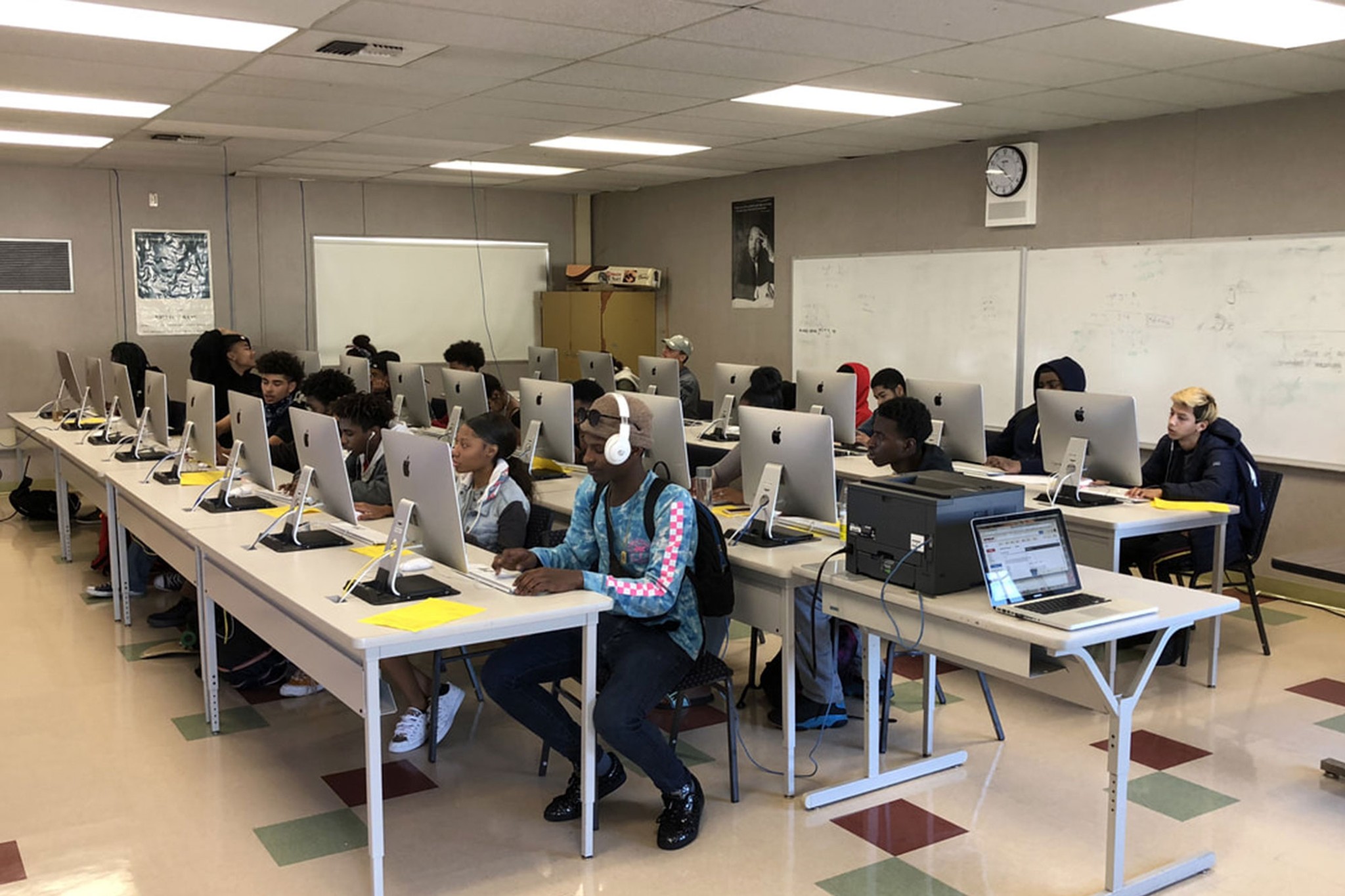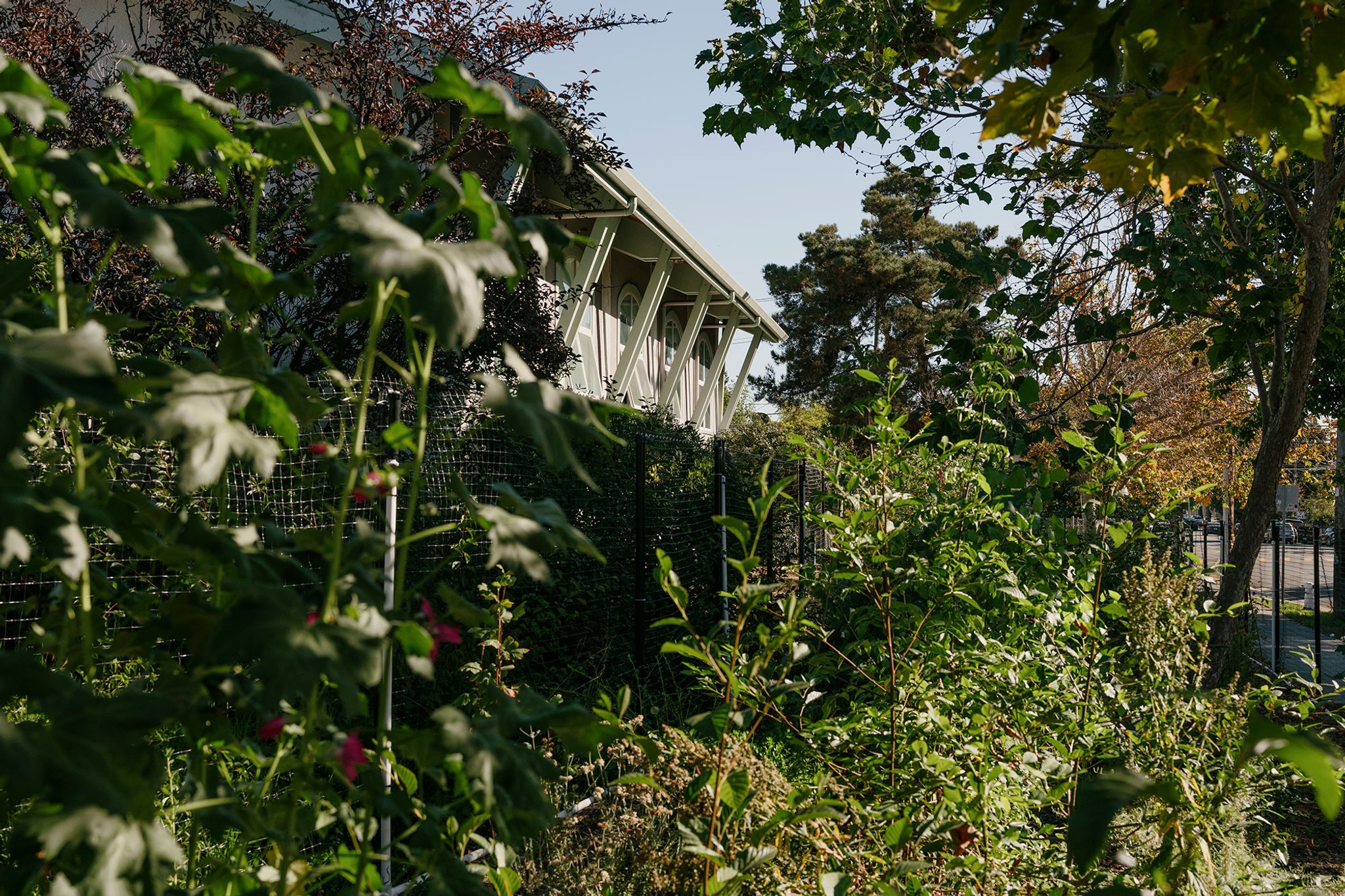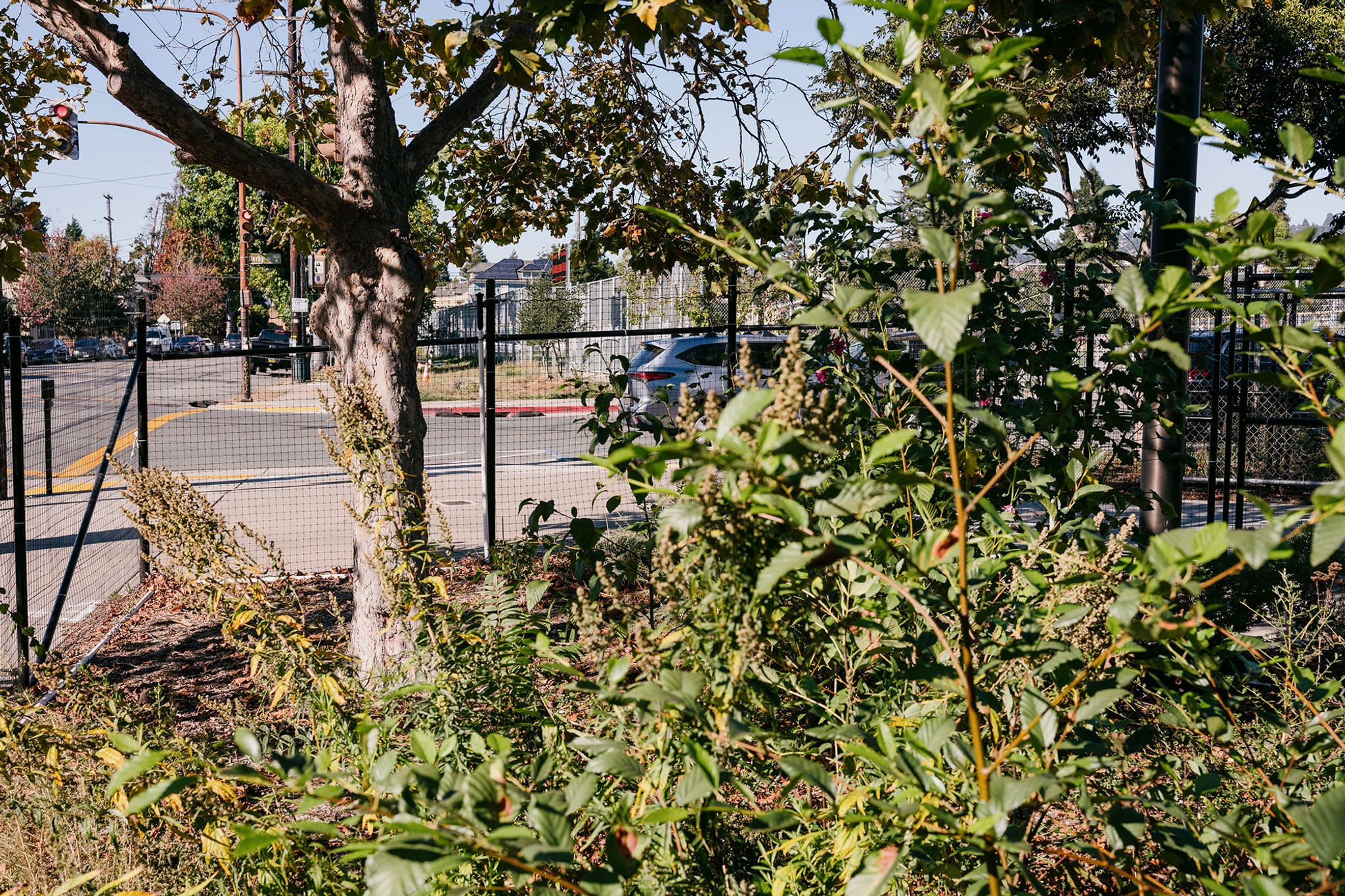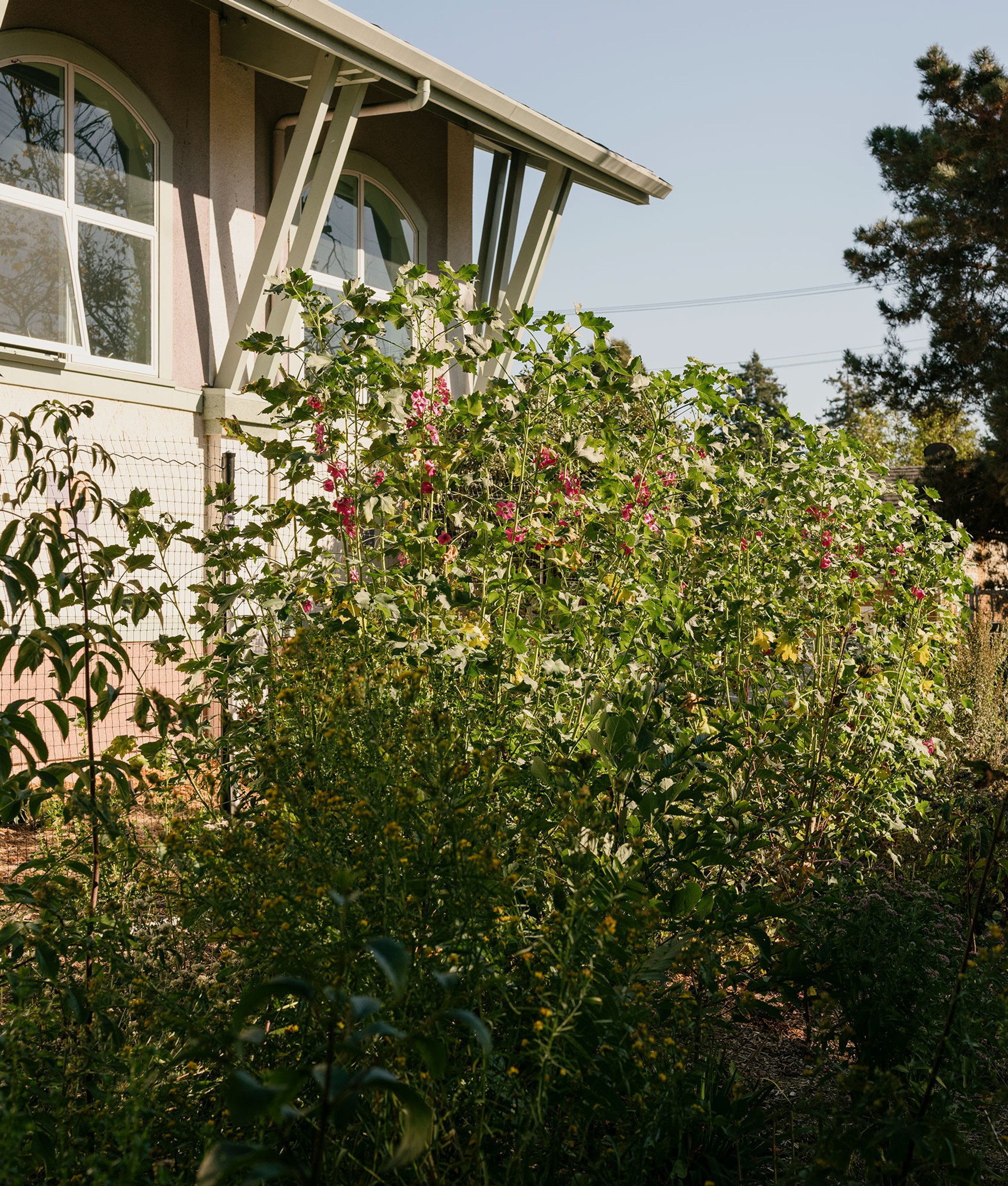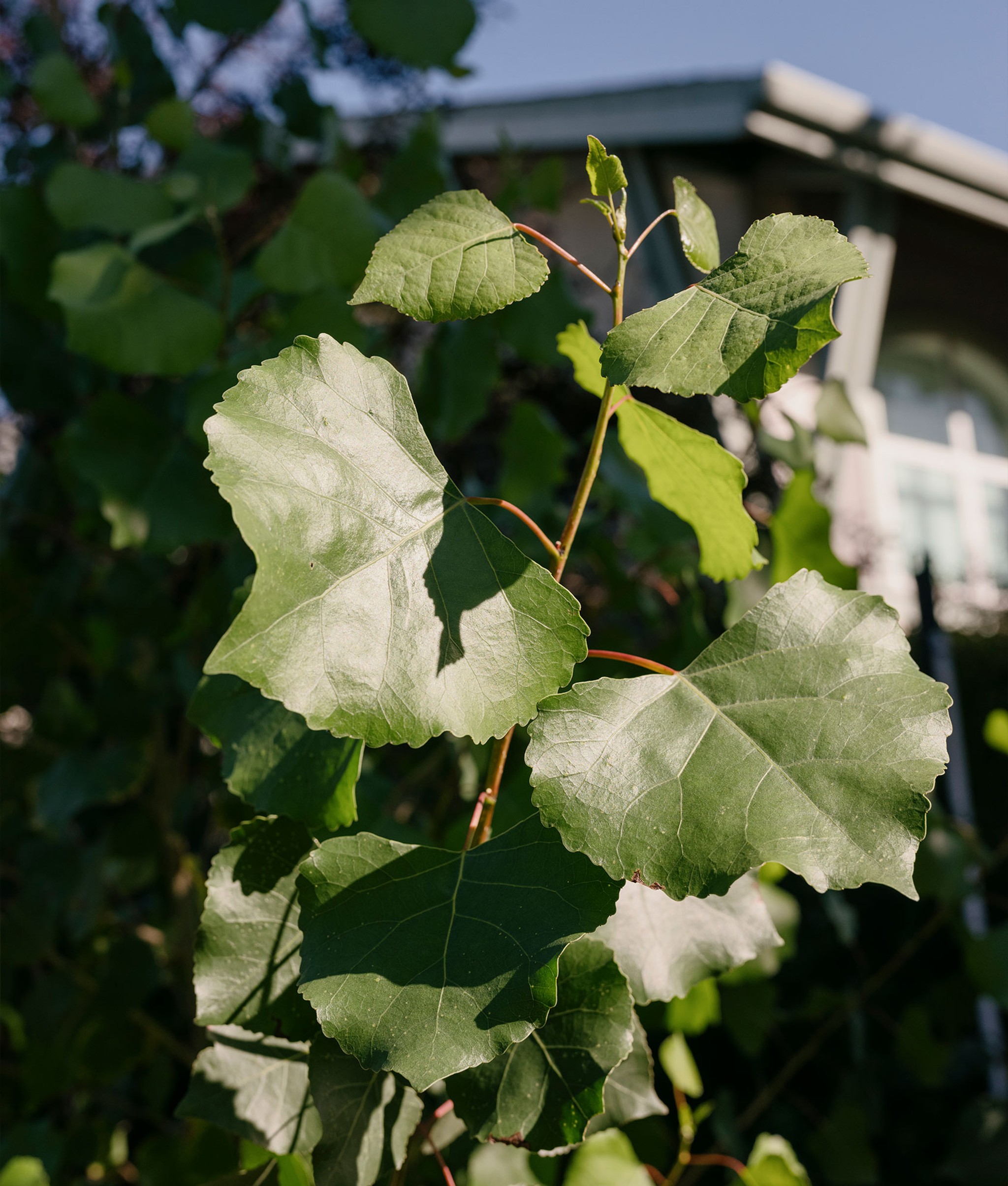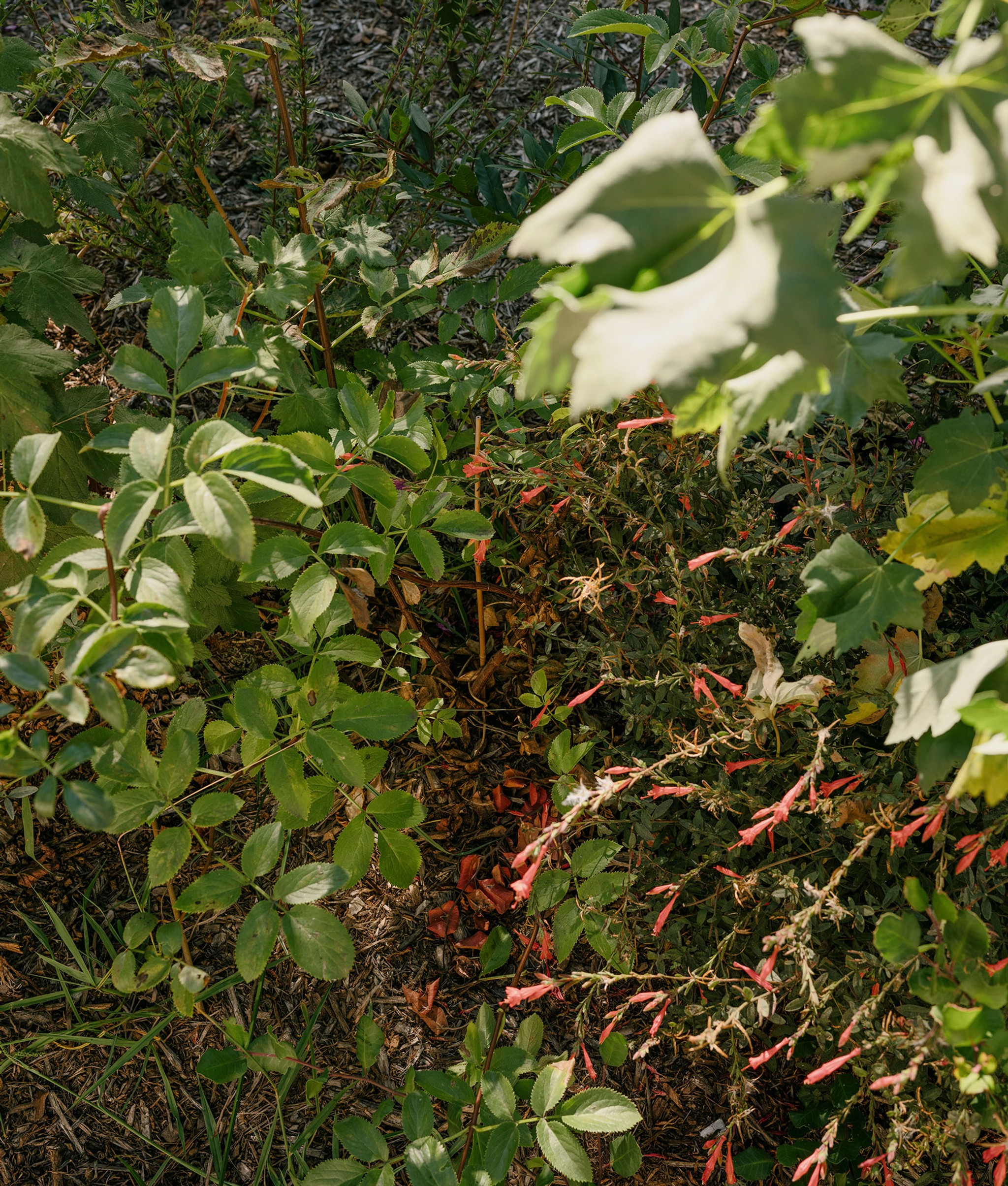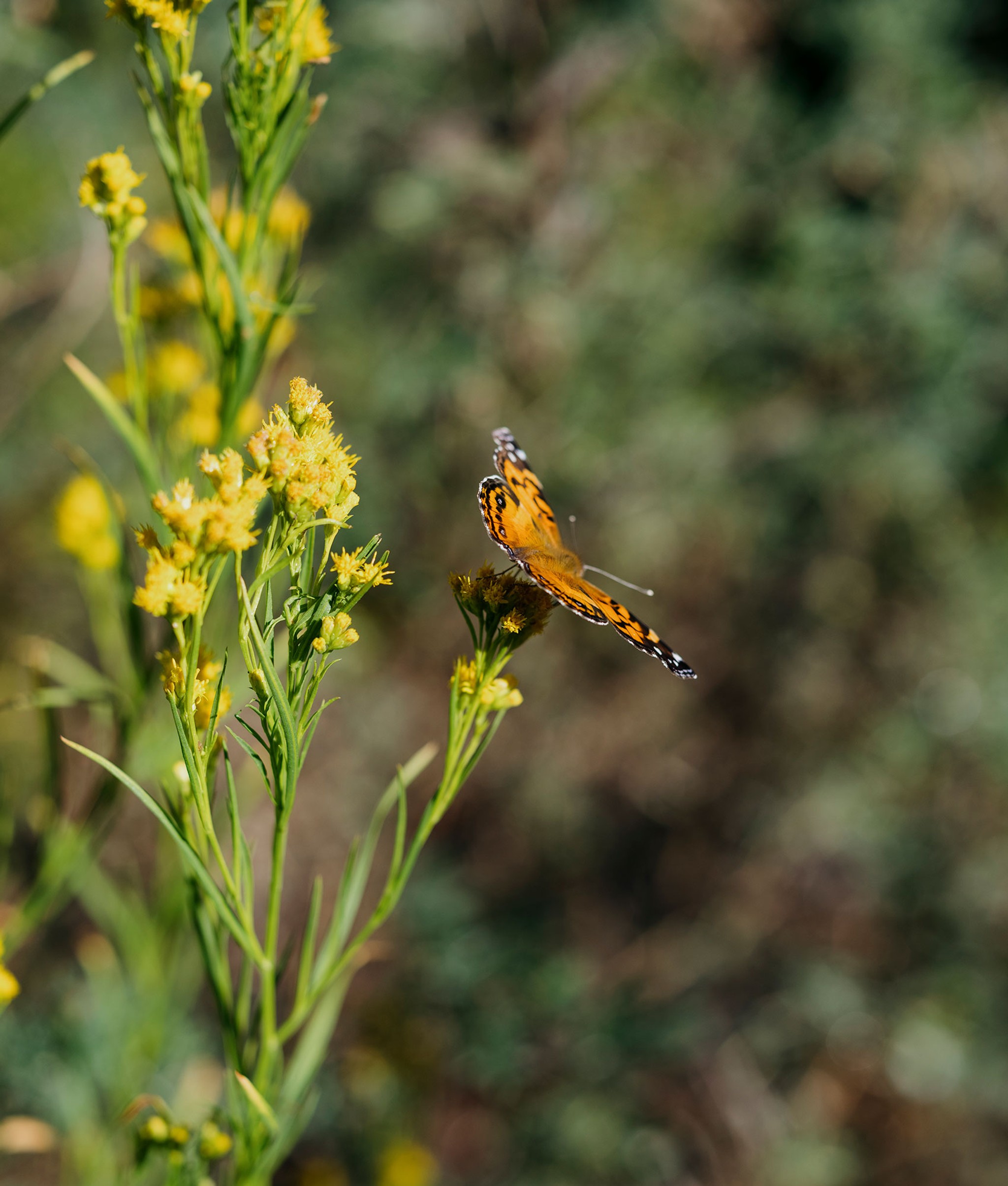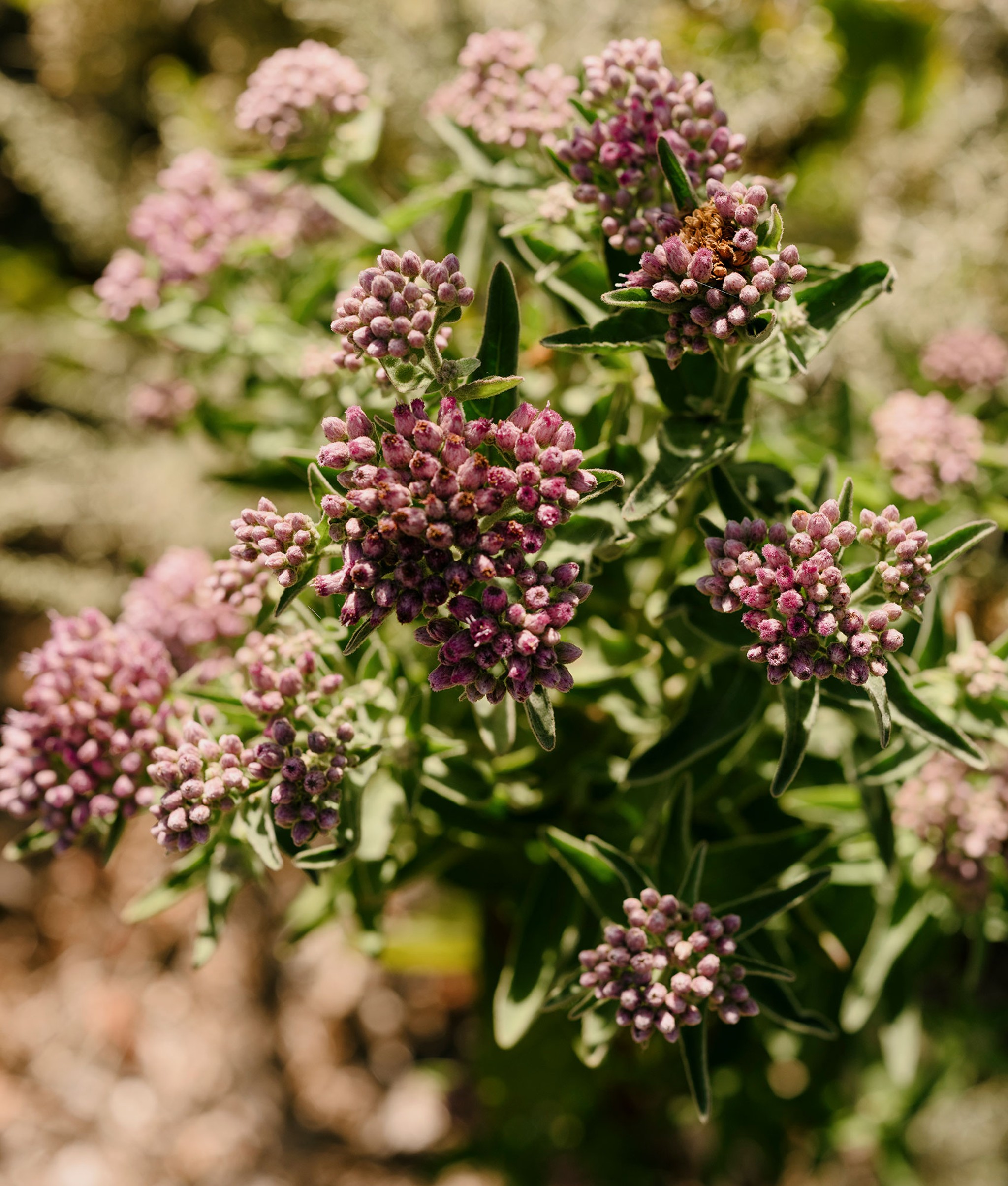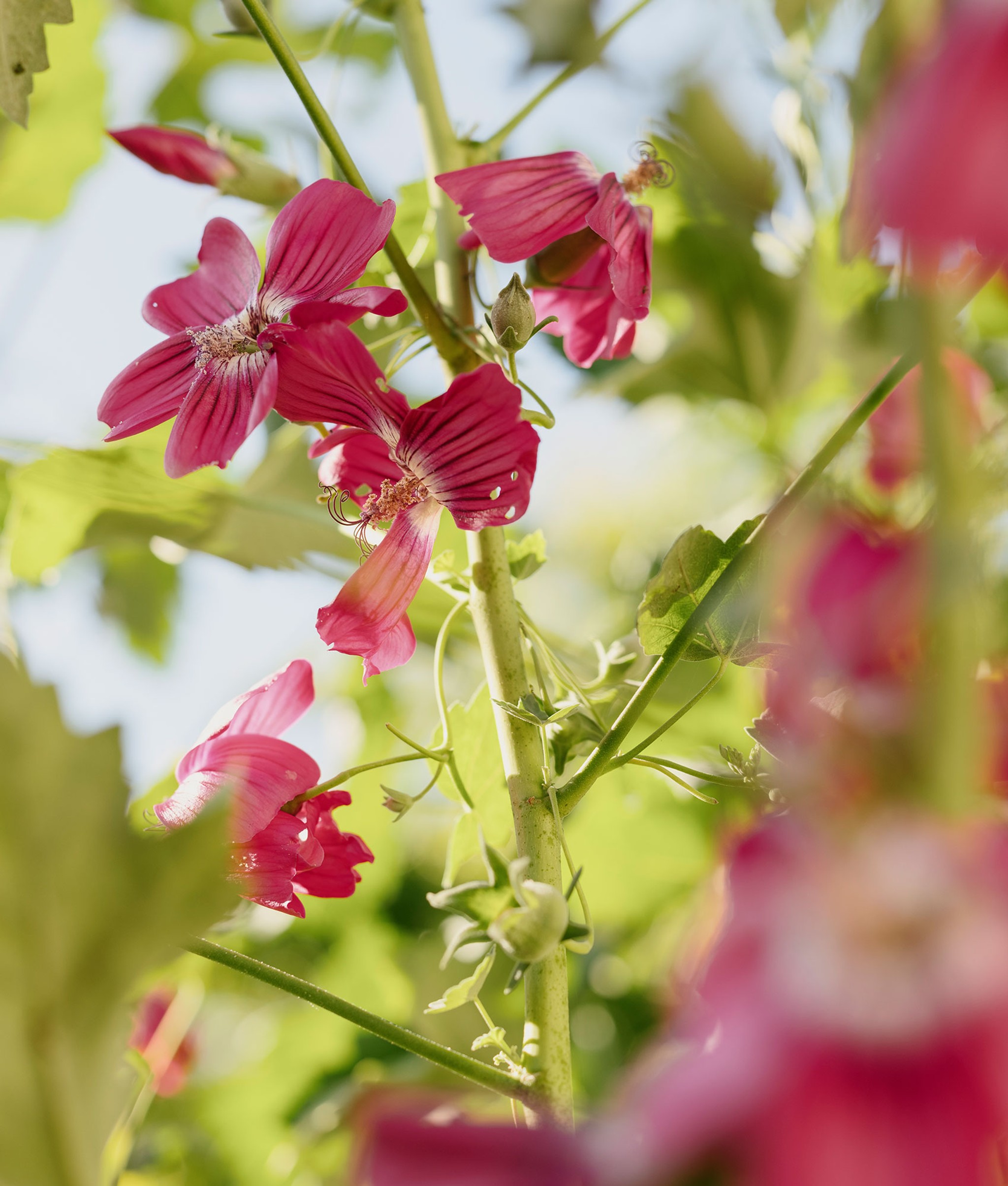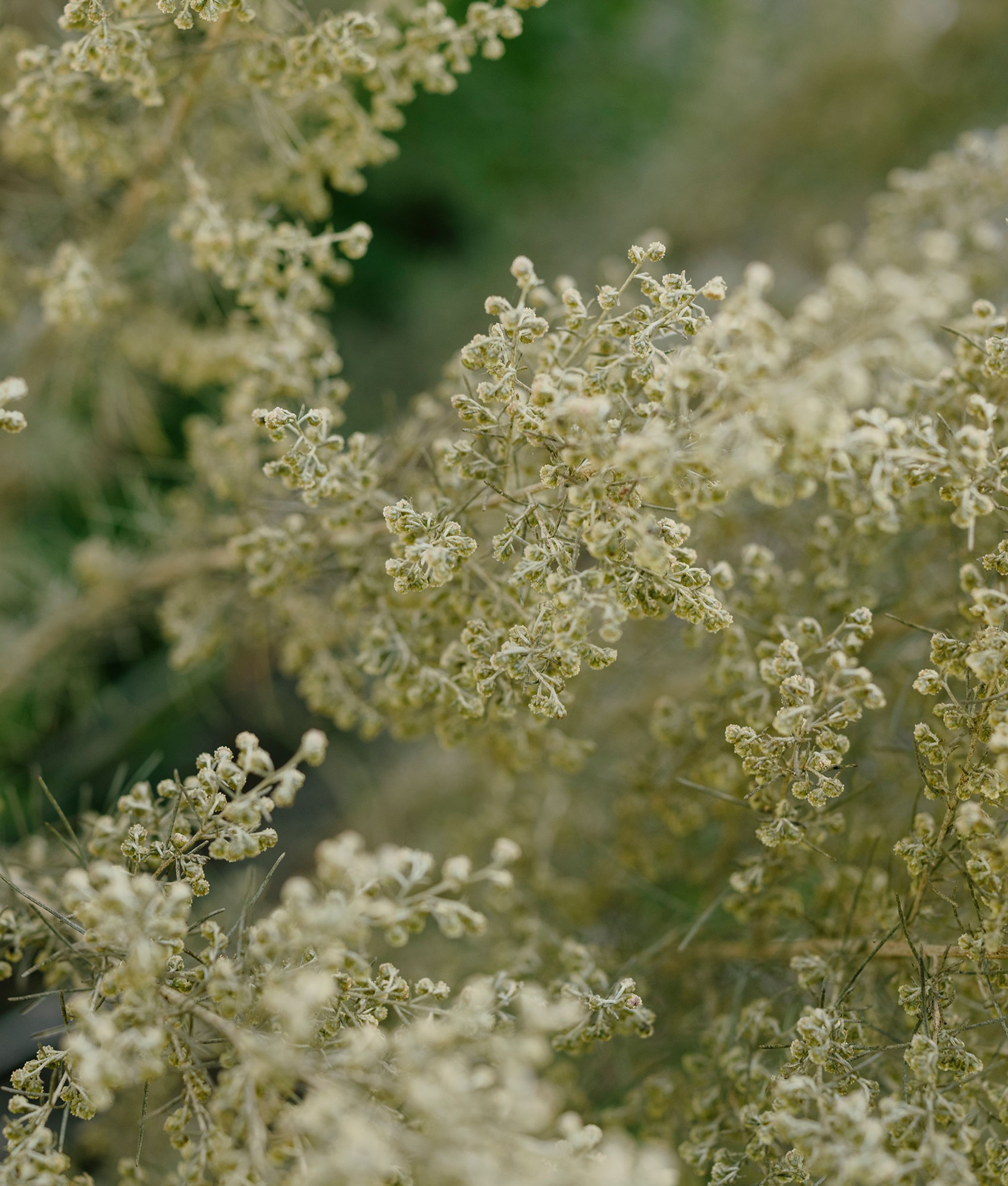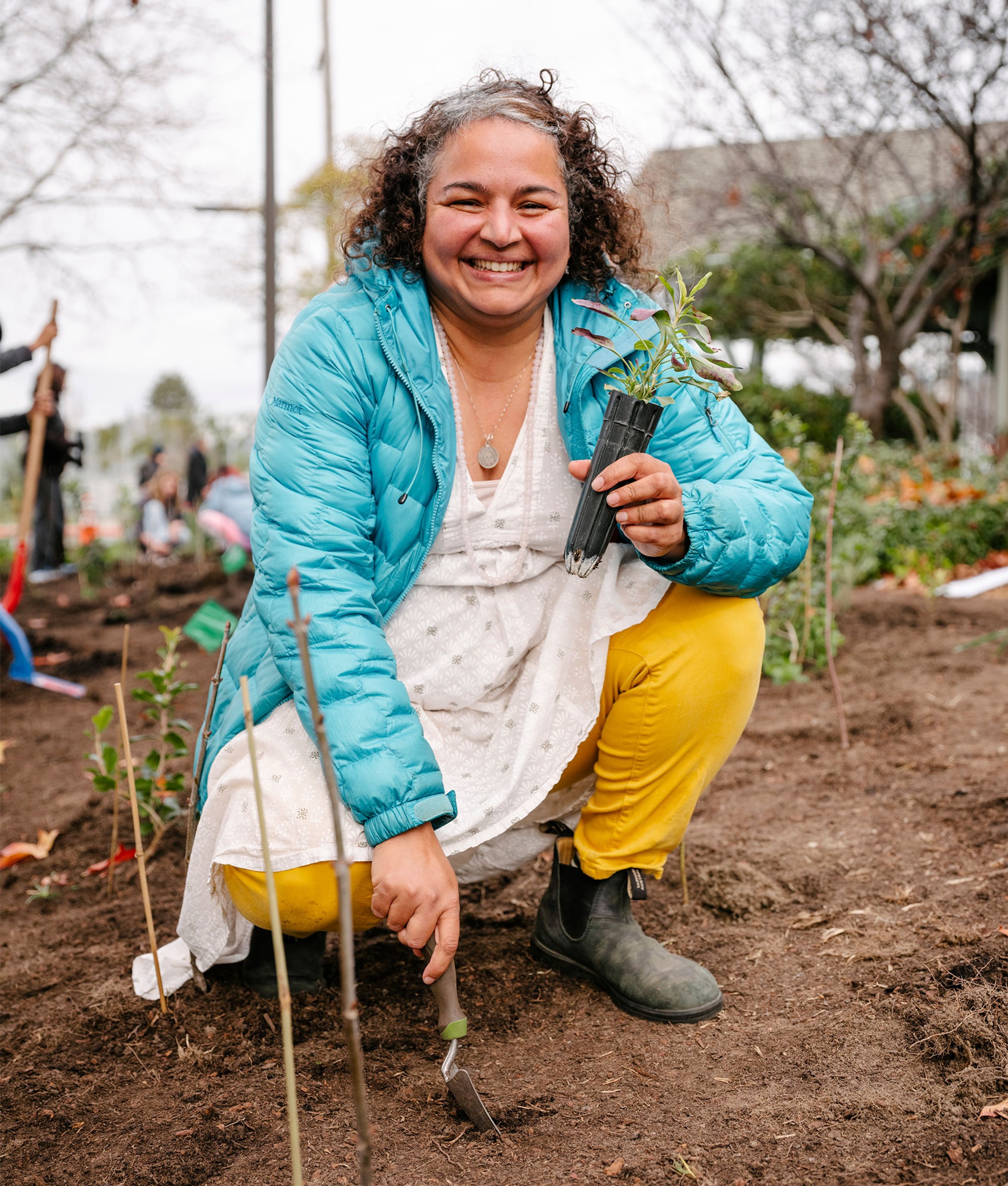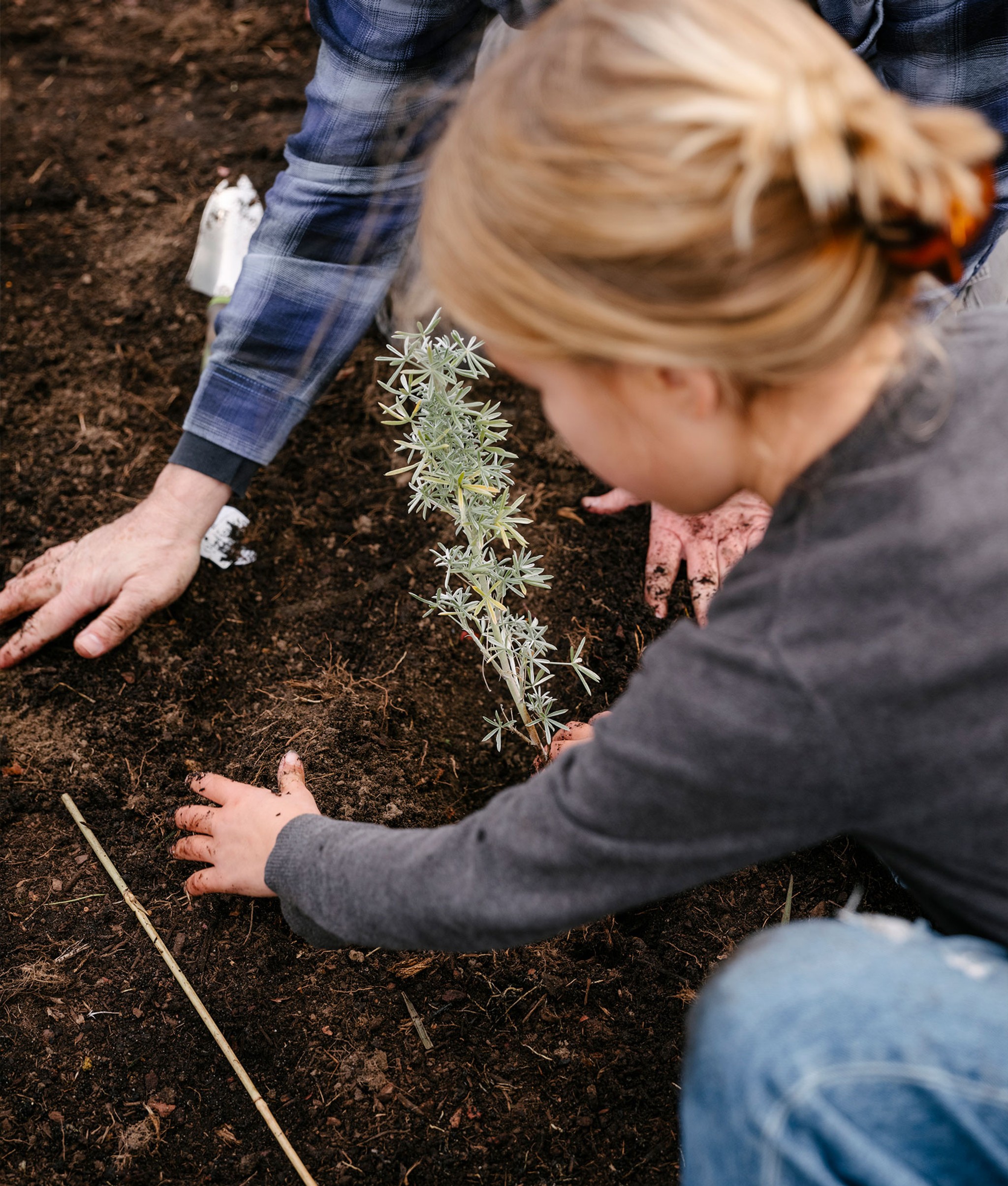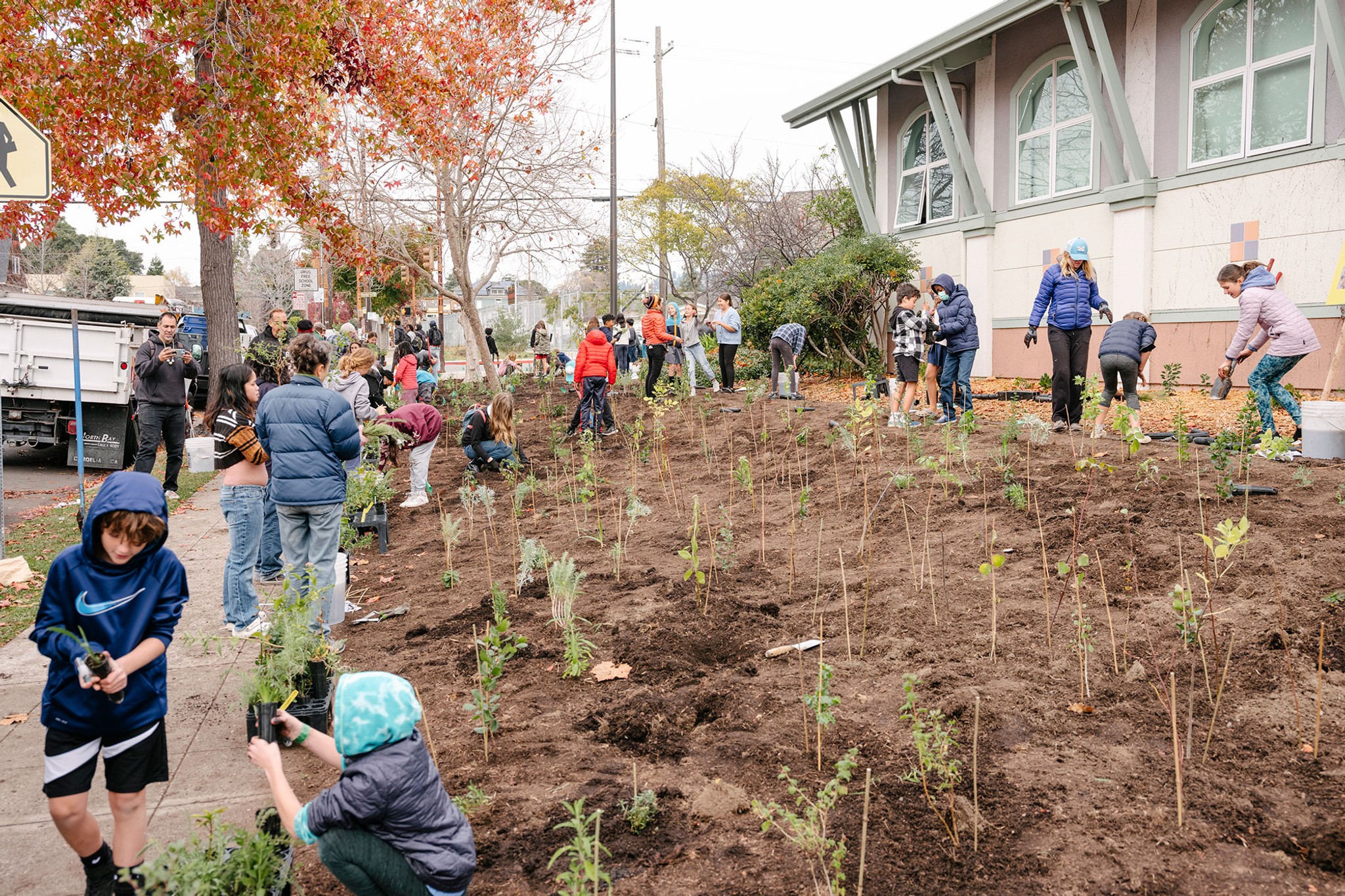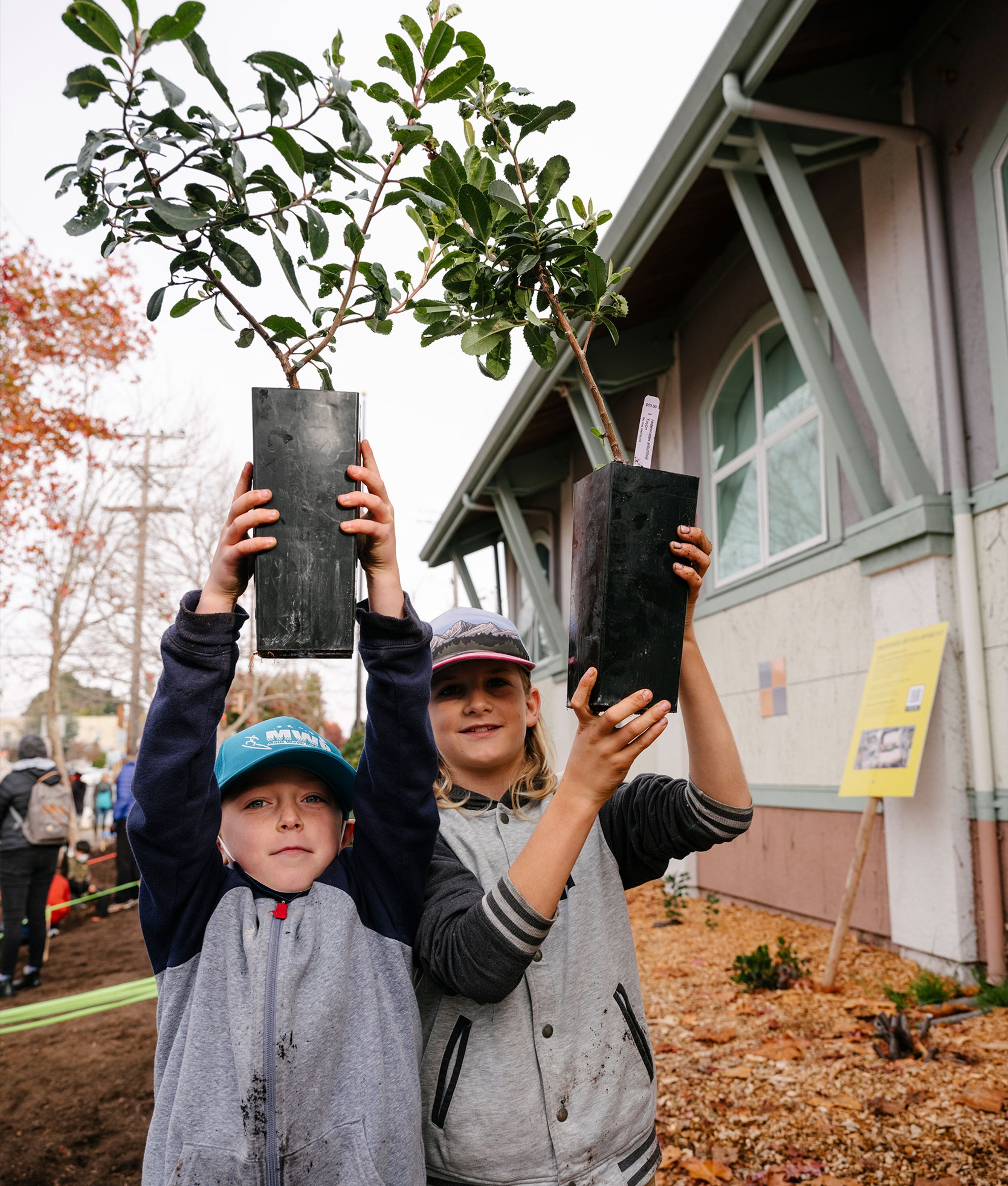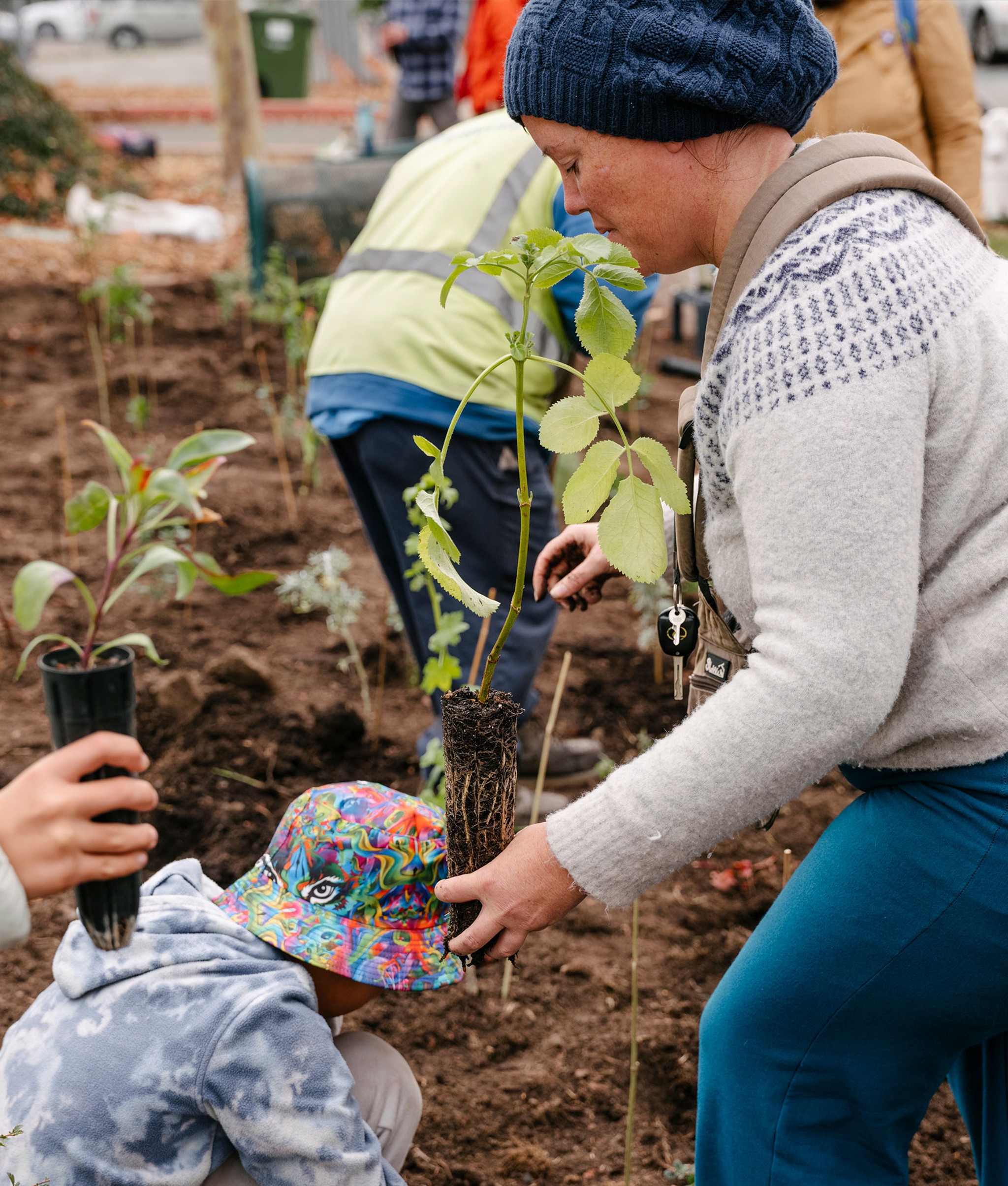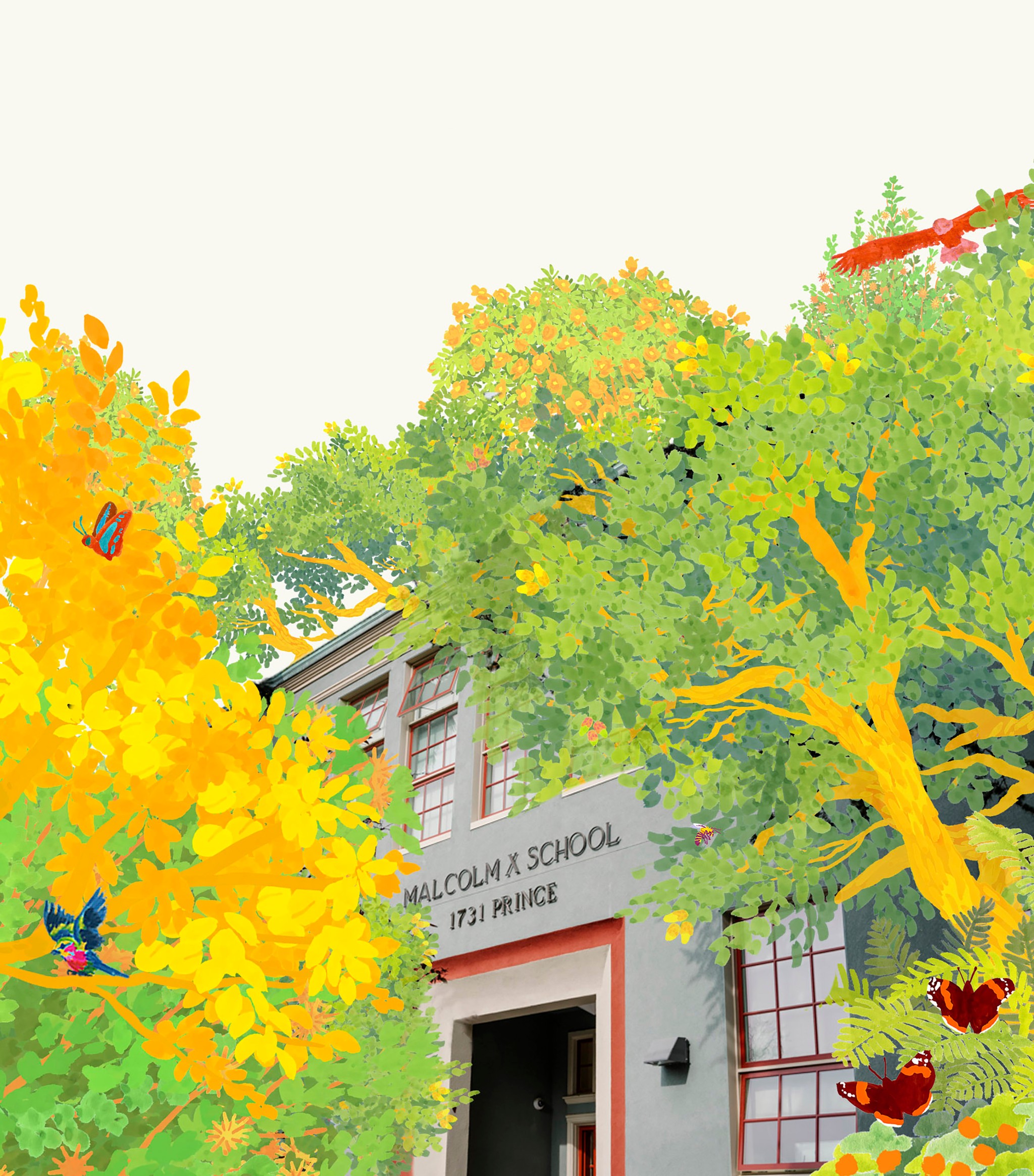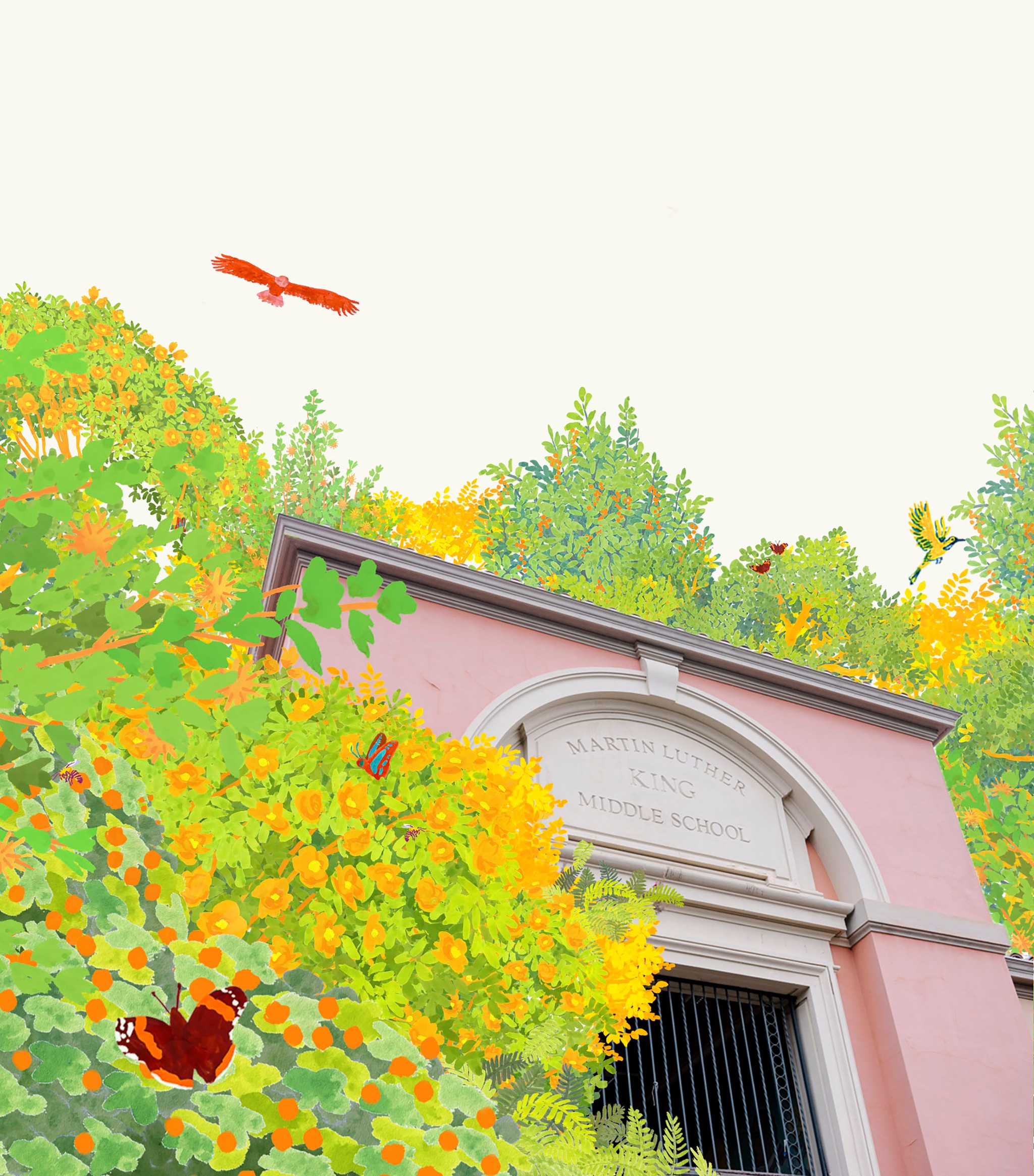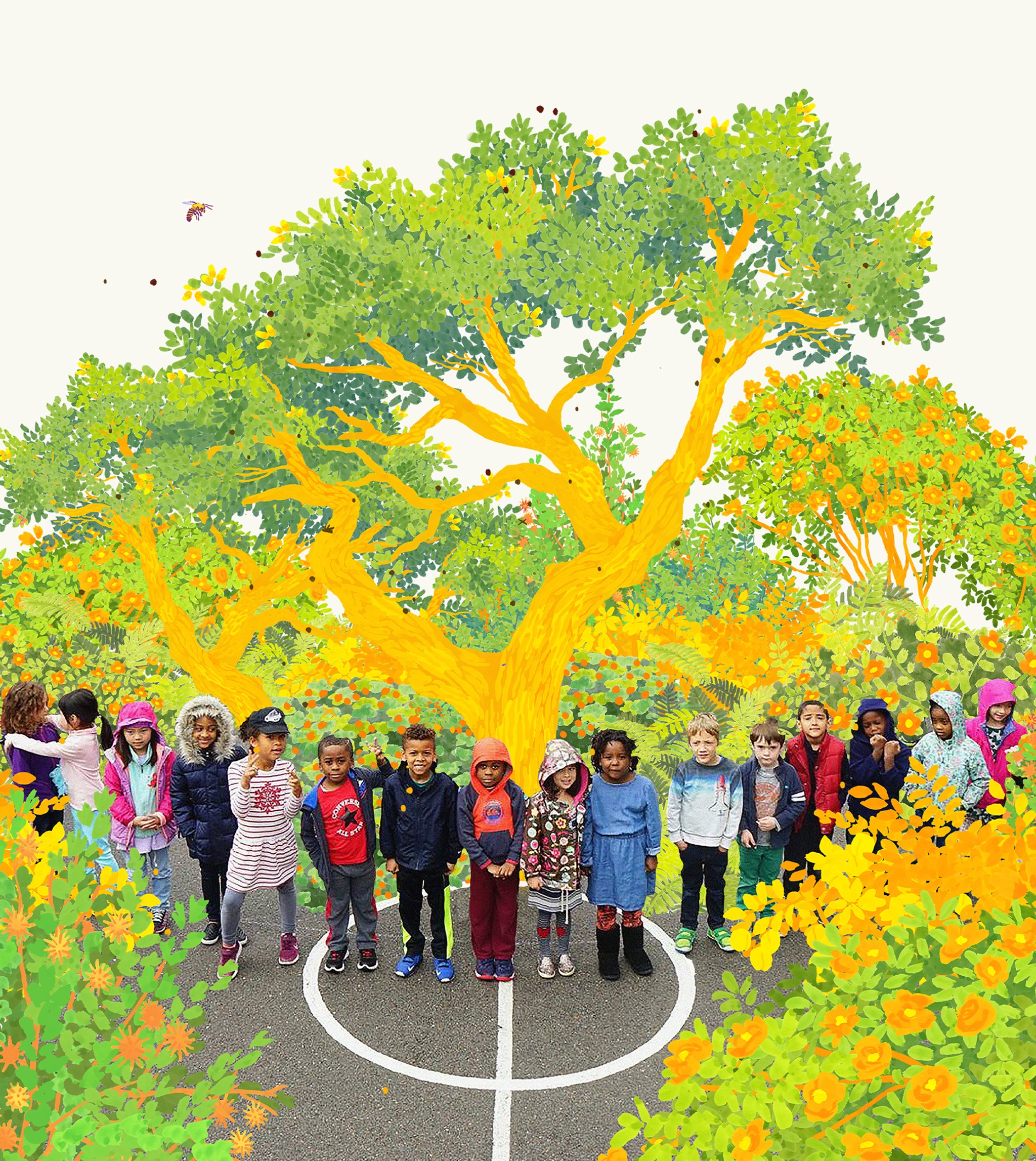Berkeley Technology Academy
A school forest for peace and learning.
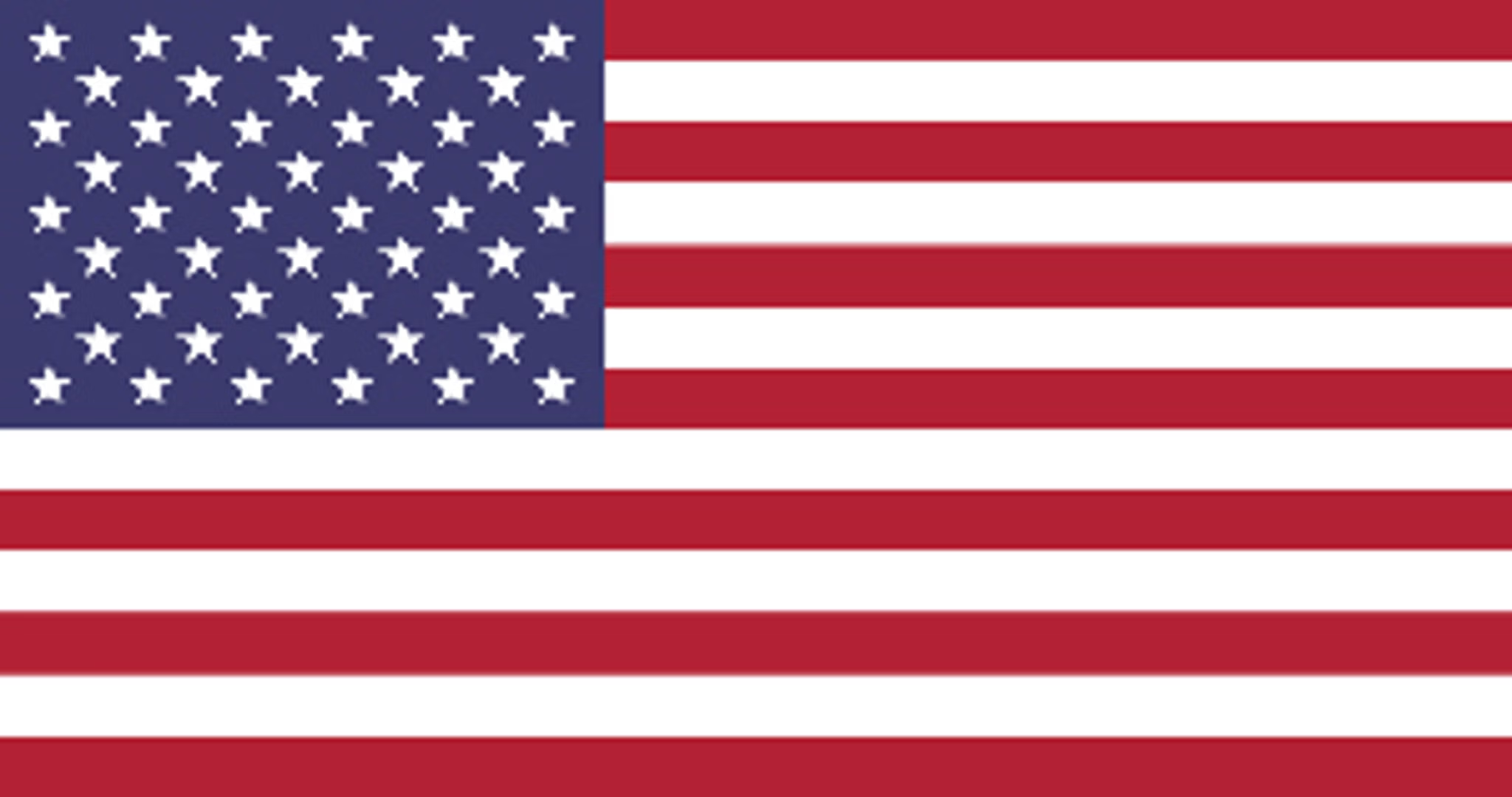
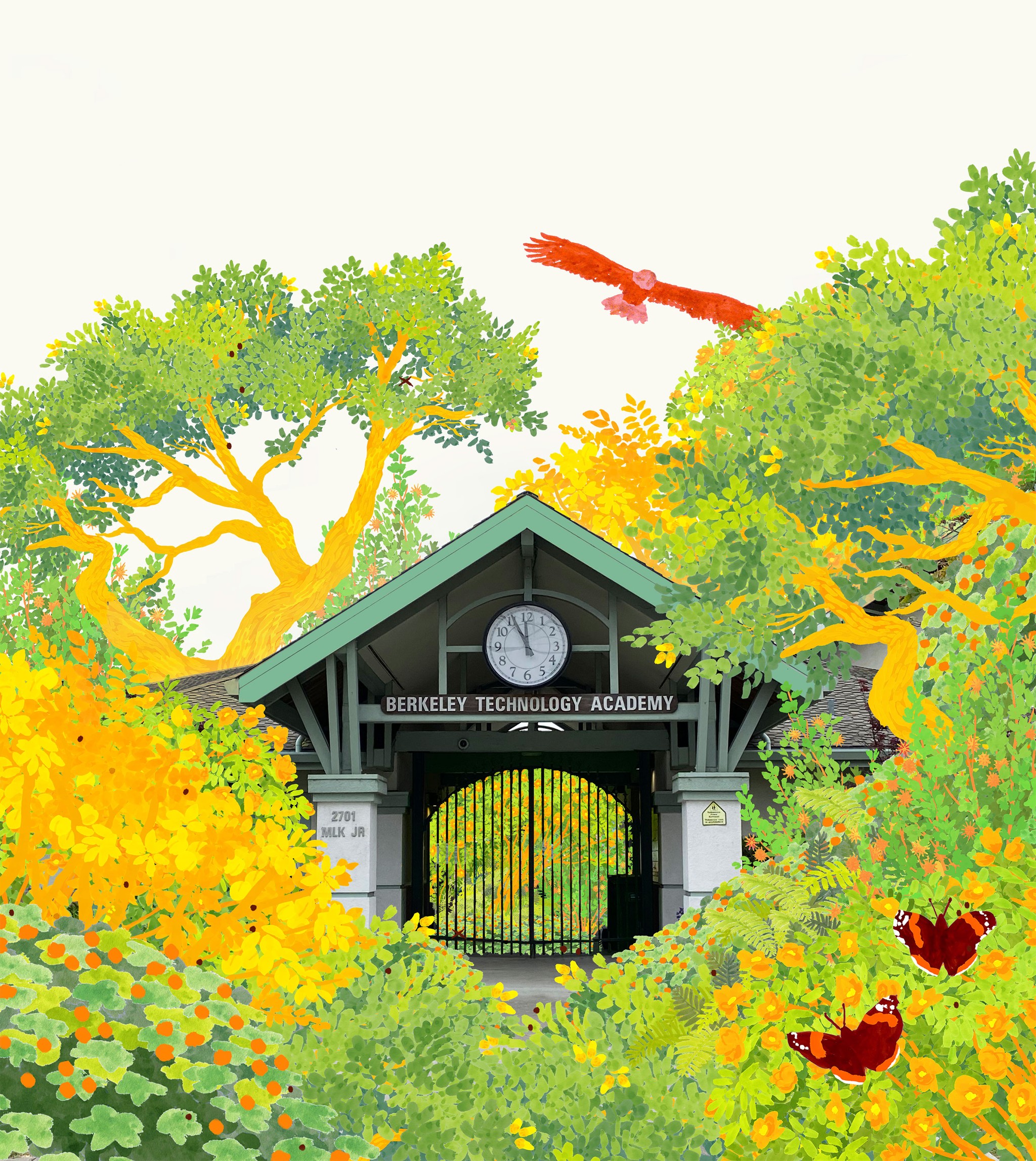
0
Trees
0
Square Feet
0
Native Species
0
Youth Impacted
Self sustaining pocket forest
At 3 years old, the forest at Berkeley Technology Academy (BTA) has reached a milestone now that it is a fully self-sustaining ecosystem. What started as a vision to bring nature back to the campus has evolved into a thriving, biodiverse forest, supported by the principles of sustainability and ecological design.
The forest now supports its own growth and maintenance, serving as a model of how urban spaces can coexist with nature.
The project is not just an environmental success - it’s also an educational hub. Students at BTA engage with the forest, learning about permaculture, renewable energy, and conservation while experiencing firsthand the benefits of a thriving ecosystem.
Forest Maker
Neelam Patil
Forest Partner


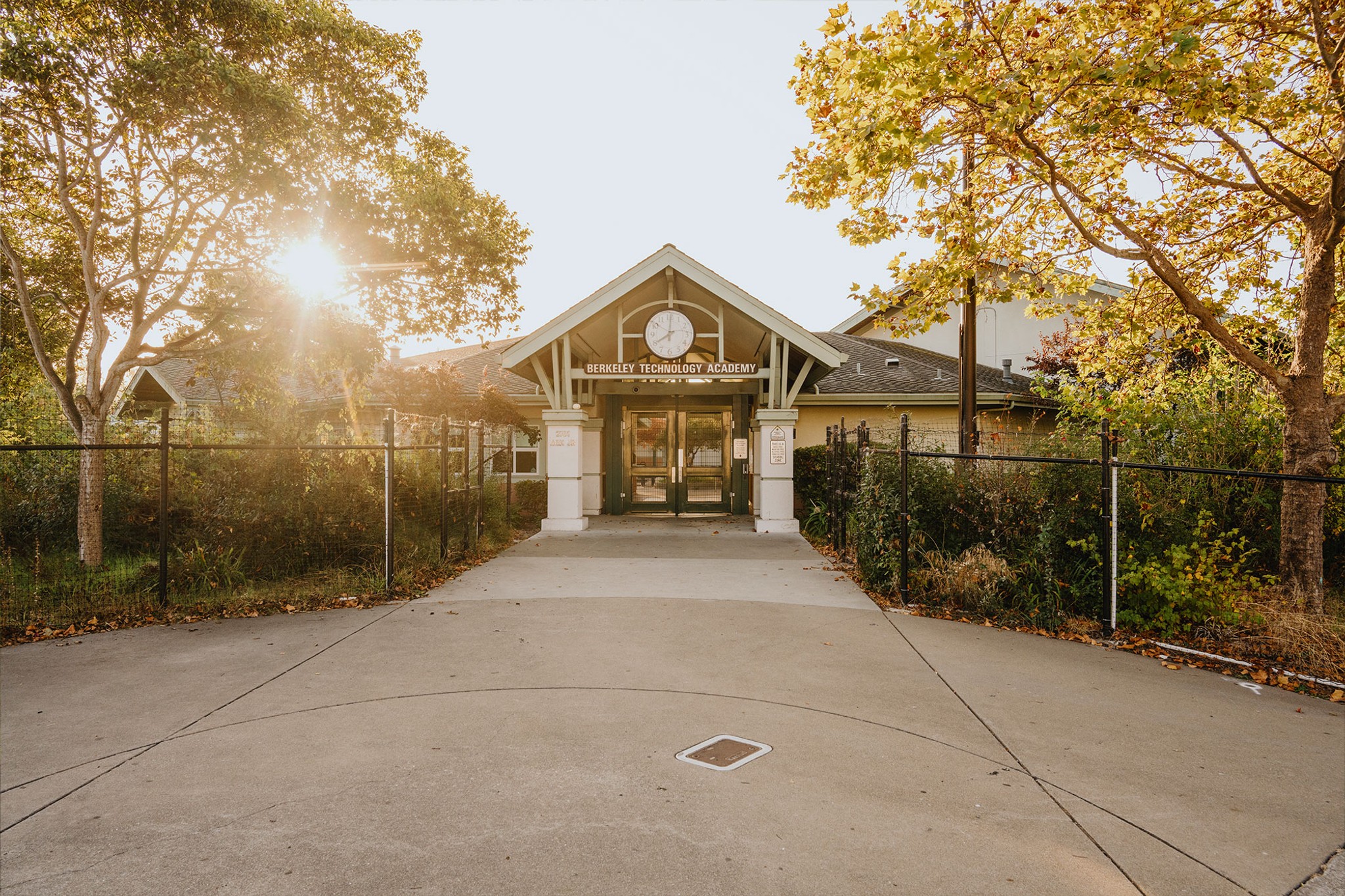
Ecosystem Restored
After approximately three years our SUGi Pocket Forests become self-sustaining. They no longer require human maintenance or watering, and can be handed over to Nature for biodiversity and complexity to naturally develop.
Biodiversity
Biodiversity is all the different kinds of life you'll find in one area—the variety of animals, plants, fungi, and even microorganisms like bacteria that make up our natural world. Each of these species and organisms work together in ecosystems, like an intricate web, to maintain balance and support life.
“The forest will be an amazing resource for our neighbourhood and a source of peace for our school community. It will improve air quality and be a place students can learn from and study.”
Heidi Webb, Principal of Berkeley Technology Academy
Forest Report: 2024
0 Years
Forest Age
0%
Survival Rate
0m
Average of Tallest 3 Trees
The forest continues growing well. Originally planted on a barren site in front of the school, the tallest plants now reach as high as the roof of the building, and cover some of the windows of the school.
The forest has been a great opportunity for the school pupils to observe the various types of biodiversity that can return even to the smallest green space in a city, when it’s undisturbed and given the opportunity to grow into a lush forest.
Biodiversity Notes:
Forest Report: 2023
0 Months
Forest Age
0%
Survival Rate
0m
Average of Tallest 3 Trees
This forest is a small oasis, situated next to a busy road. There are already many flowering shrubs and trees, with some lower plants such as native honeysuckle contributing to ground cover. The forest is not as fully grown as more mature Berkeley sites. It is still easy to tell apart the different plantings as they're not yet overflowing their spaces. We visited the forest near sunset, and saw a small moth and one native bee. We plan to come back during the day to be able to observe additional daytime bugs. There’s not as much leaf litter here as at the Malcolm X site, but it’s coming along.
The trees are still coming into their own - some have grown quickly and are amongst the tallest of the plants (e.g. red alder), while some trees are growing slowly and might take years to get to the height of some of the flowering shrubs.
Biodiversity Notes:
Planting: December 2022
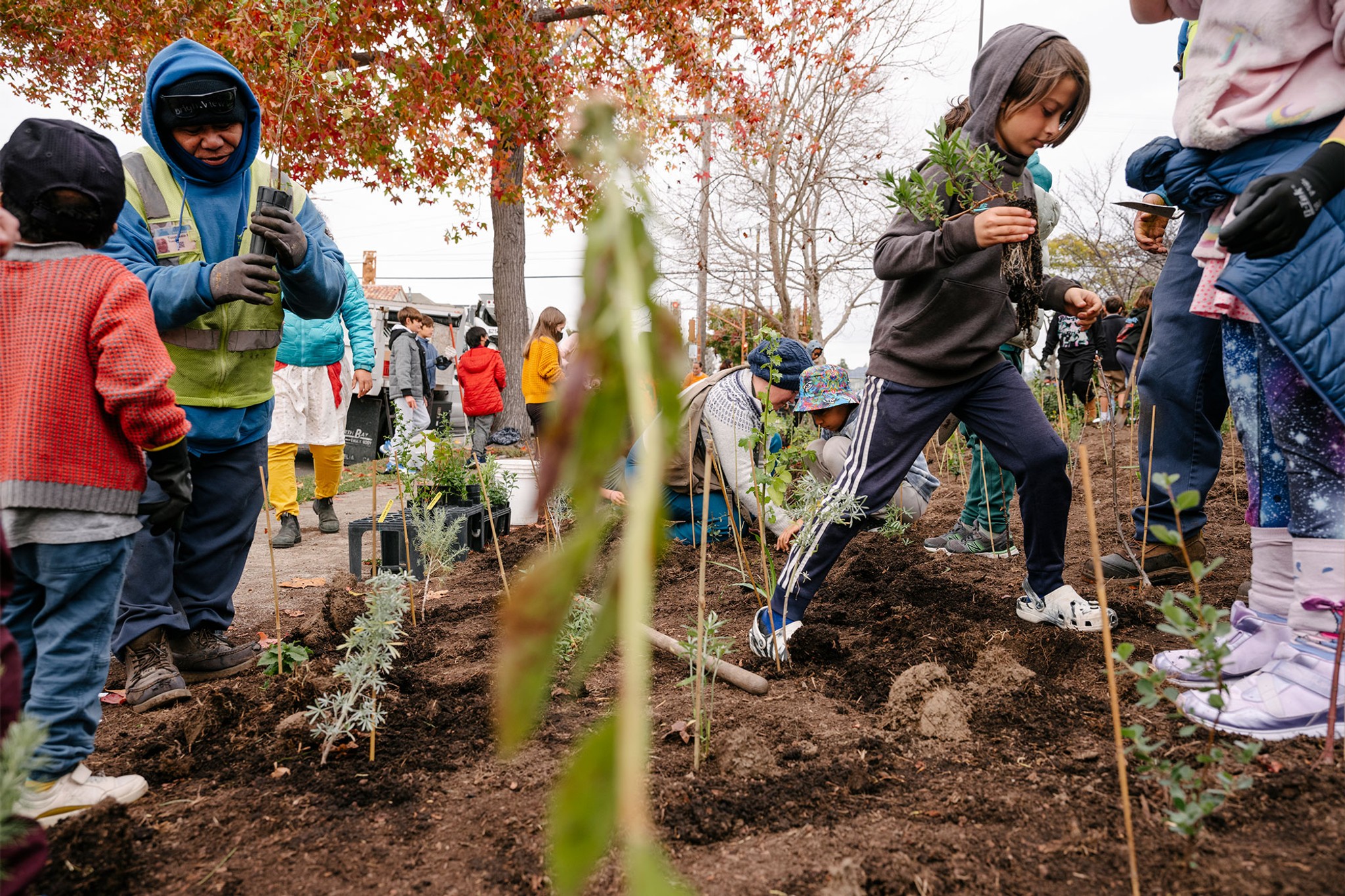
“When we see natural greenery, the mind instinctively calms down. One feels at peace. Located on a busy thoroughfare, this forest will bring access to nature to many students, teachers, and community members.”
Neelam Patil, SUGi Forest Maker
Why Berkeley Technology Academy forest?
The site is currently an unused space with ornamental grass and a few shrubs that do little for biodiversity. By densely planting an abundance of native species, this project will create a protected pocket where wildlife can thrive in the middle of the city.
This forest will support the educational development of the students; the school has a Public Health career pathway where pupils learn about the importance of nature, fresh air and healthy food.
